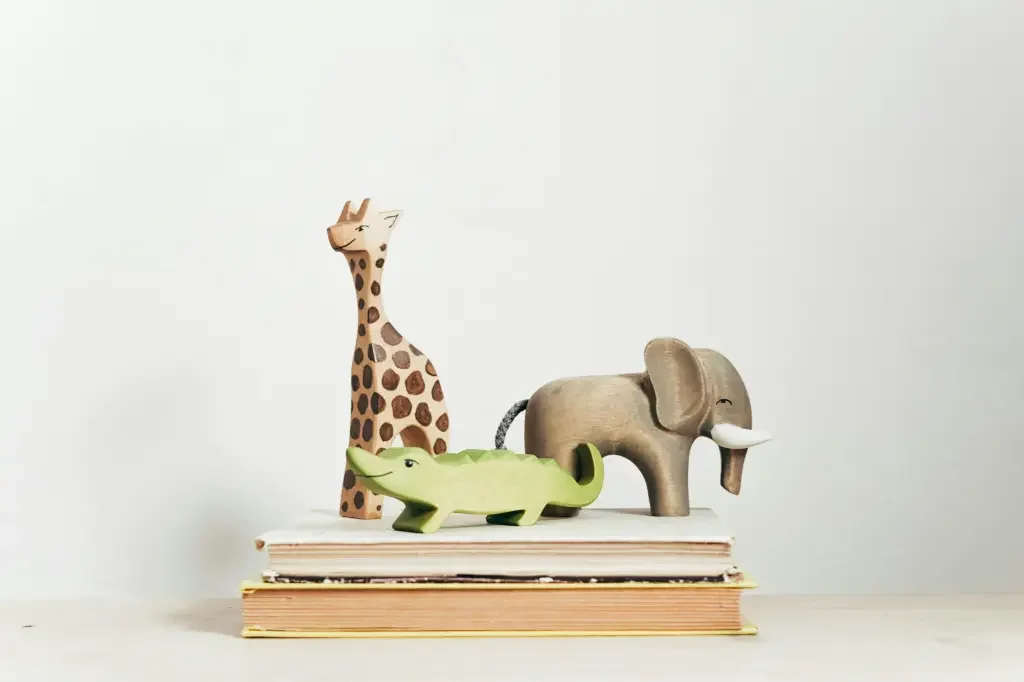Raising Bilingual Children in Austria: Tips from International Moms
Living in a multilingual household is both a gift and a challenge—especially when you’re raising children in a country where the community speaks a different language than you do at home. In Austria, many international families are navigating the delicate balance of helping their children thrive in German-speaking schools while keeping their native language and culture alive at home. The good news? It is possible to raise confident, bilingual kids—and the journey can be a beautiful one.
Create a Language-Rich Environment at Home
One of the most effective ways to support your child’s first language is to make it part of daily life. Speak your native language consistently at home, read books together, sing songs, watch shows, and tell family stories. The more natural exposure they have, the more comfortable and confident they’ll feel using the language.
Don’t Worry if They Mix Languages
It’s common for bilingual children to mix two languages in the same sentence—a phenomenon known as code-switching. This is a natural and temporary stage in their development and usually resolves itself as their vocabulary grows in both languages.
Connect with Your Community
Language thrives in real interactions. Look for opportunities where your child can hear and speak your native language with peers. Playgroups, cultural associations, language clubs, and even informal gatherings with other families can reinforce language learning in a fun and social way.
Be Patient with the Process
Every child’s bilingual journey is different. Some may speak both languages fluently from an early age, while others may prefer one language for a while before switching. It’s important to stay consistent and patient, even during the phases when one language seems to take a back seat.
Work With the School, Not Against It
Let your child’s teachers know they are growing up bilingual. Many Austrian schools are experienced in working with multilingual children and offer German language support for non-native speakers. Building a relationship with the school can help your child feel understood and supported academically and emotionally.
Use Technology to Your Advantage
There are many child-friendly tools available to help reinforce language learning. Audiobooks, educational apps, language games, and cartoons in your native language can be great supplements to daily communication. These tools can make learning feel playful rather than pressured.
Celebrate the Gift of Two Worlds
Make your culture and language something to be proud of. Celebrate holidays, cook traditional meals, listen to music from your home country, and talk about your roots. When children see their heritage valued, they are more likely to stay connected to it.
Raising bilingual children is a long-term investment in their identity, confidence, and communication skills. It may take time and patience, but the rewards are lifelong. As international moms in Austria, we share this journey—and together, we can support one another in keeping our languages and cultures alive for the next generation.
If you have a child who will soon start school, make sure to check out our blog post:
How to Enroll Your Child in School in Austria: A Step-by-Step Guide for International Families


